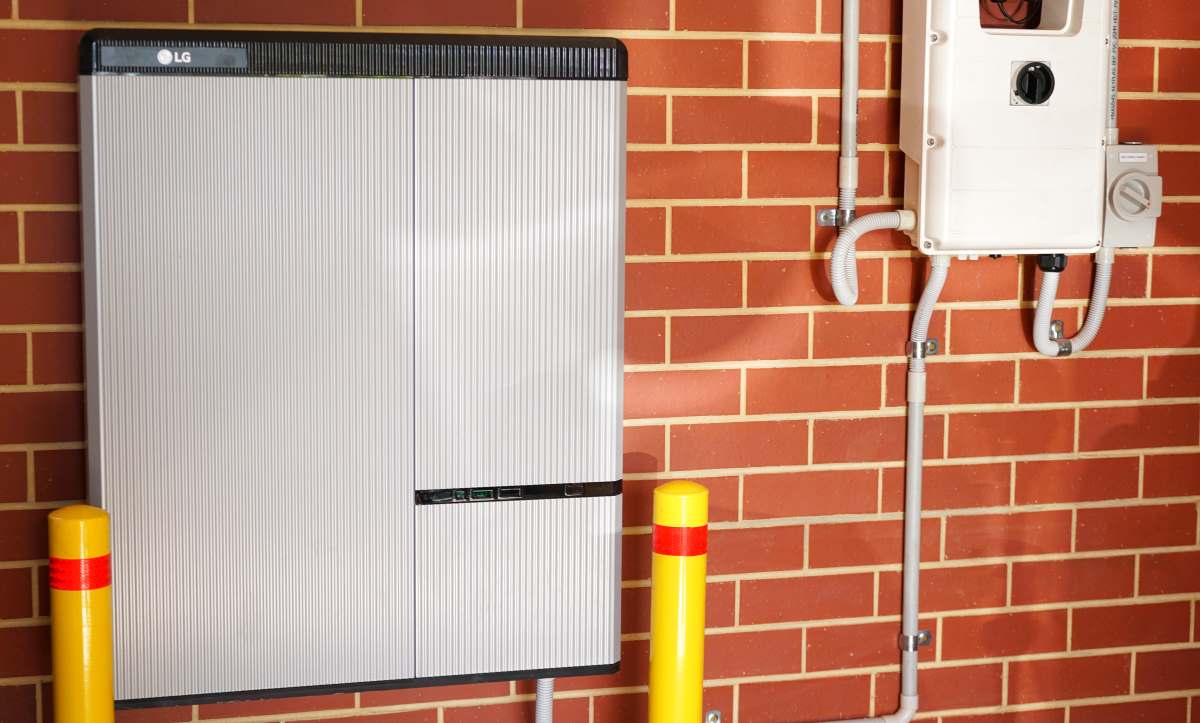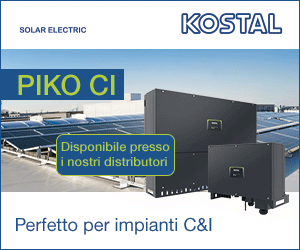On 8 May in Milan, at Solarexpo-The Innovation Cloud, a convention will be held entitled “Electricity storage, and the integration of renewables and generation distributed in the Italian electricity system”. The discussion will therefore hinge on storage and battery inverters, the new generation of inverters with integrated storage for photovoltaic systems. The meeting will be chaired by Luigi Mazzocchi of RSE (Ricerca Sistema Elettrico) the Italian public research body on the electric system. We talked to him for some advance news.
What do storage systems represent for the future of renewables?
I n the near future, rather than for balancing the grid, they will be important for maintaining a steady level of installations of new systems, especially photovoltaic systems, in markets like Italy where incentives are no longer offered. For non-incentivated PV, indeed, gain depends on the proportion of self-consumed solar energy, which the storage systems can considerably increase.
n the near future, rather than for balancing the grid, they will be important for maintaining a steady level of installations of new systems, especially photovoltaic systems, in markets like Italy where incentives are no longer offered. For non-incentivated PV, indeed, gain depends on the proportion of self-consumed solar energy, which the storage systems can considerably increase.
Which are the technologies and what are the costs?
The simplest solutions are inverters equipped with a battery, which minimise the complexity of the plant. They are used above all for domestic systems, with a storage capacity of a few kWh in lead or lithium batteries. For slightly larger capacities, the high-temperature “sodium-beta” batteries offer interesting solutions. Lead batteries cost relatively little, but they are large and cumbersome and have a limited lifetime, of 5-6 years. Lithium batteries are more expensive but more compact and long-lasting, with a lifetime of more than 10 years. With regard to the cost, the price of the former for a domestic system is around 2,000 Euro, and for the latter around 3-4,000 Euro. In markets like Italy, where there is a big difference between the remuneration for the energy fed into the grid and the cost of that taken from the grid, a good return on investment is already possible, since a storage system can increase the percentage of self-consumed energy from 30-40% to 60-70%.
Do you foresee a further decrease in prices?
Some people forecast decreases even of 30-50% by 2020 for lithium and sodium-beta technologies. Others are more prudent. It will depend on technological innovations, many of which are beginning to come out of the laboratories, and on the production increase, also driven by the automotive sector.
With a storage system, could a household go off-grid?
Yes, but it would be expensive, because you have to consider the seasonal production differences, which mean that you would have to have an oversized system. Unless you live in an area which is not on the electricity grid, it is better to aim for 60-70% self-consumption and count on the grid for the rest.
If a large number of users install batteries, will this cause problems for the elctric system?
On the contrary. It would make management easier, avoiding sudden input peaks typical of non-programmable renewable-source systems without a storage facility. I don’t understand the fears from this viewpoint, or the proposal for rules which would hinder storage systems.
So batteries would be advantageous for households and companies also because they would decrease the power demanded of the grid.
Indeed, they serve as back-up in the case of short black-outs and they supply energy to companies at peak consumption times, avoiding having to satisfy this demand requesting a contractual power measured according to peak demand with the consequent extra costs.



































